Powdered Bulk Herbs – Benzoin Gum Powder
Powdered Bulk Herbs Benzoin Gum Powder
Benzoin occurs in market in several grades, as regards the number of milky-white tears contained in the mass. The Siam gum is regarded the most valuable, containing less foreign impurities than the Sumatra variety, the inferior grades of which are sometimes bark and but little resin.
The effects of benzoin are much the same as those of benzoic acid, which is its most abundant constituent, modified by the resin and essential oil. It is never given in bulk or alone. It is eliminated chiefly by the mucous membranes.
Benzoin exerts a stimulating influence on the mucous tissues and has been used to promote expectoration in chronic diseases of the air-passages. It is also stated to stimulate the sexual organs. It enters into the manufacture of elixir of paregoric and constitutes the basis of Turlington’s and many other balsams, which exert a salutary influence in healing wounds; the tincture is also employed to form a coating over the adhesive preparations so well known as Court Plaster. The fumes or vapor inhaled into the lungs, has been strongly recommended in chronic pulmonary catarrhs, and old laryngeal inflammations. The tincture is protective and stimulant. in. the early stage of coryza and as a dressing for fresh wounds. The gum is principally used to prepare benzoic acid, to improve the taste and odor of other medicines, and in perfumery. The dose, in preparations, may be equivalent to 10 to 40 grains.
Latin Name:
Styrax benzoin
Common Names:
Gum benzoin, styrax gum, gum benjamin tree, loban, kemenyan , onycha, Sumatra benzoin tree
Parts Used:
Properties:
Traditional Uses:
Topical Uses / Applications:
Culinary Uses:
Chemical Properties:
This herb belongs to the class of substances known as balsam-resins. It contains a small amount of volatile oil, about 75 per cent of amorphous resins, and about 18 per cent of benzoic acid. The white tears contain the latter in smaller quantities than the resiniform substance in which they are imbedded. Among the empyreumatic products resulting from the dry distillation of benzoin is a strongly fragrant, oily substance, designated styrol. Cinnamic acid (C9H9O2) was found to be present in Siam and Penang benzoin (Kolbe and Lautemann, 1860). Sometimes only this acid is present, to the exclusion of benzoic acid. Aschoff found cinnamic acid alone in a sample of the Sumatra product, while in the amygdaloid Penang and Siam varieties, only the benzoic acid was present (1861). Flückiger, however, obtained cinnamic acid from the latter variety. Rump believed that both acids were not simultaneously present in any variety of benzoin, but that the cinnamic acid was present only in the Penang benzoin. The resins of benzoin, at least four in number, are all soluble in alcohol and caustic potash, but behave differently with other solvents, especially with ether. Vanillin, a product found mainly in vanilla, was obtained from Siam benzoin by Rump, in 1878. Benzoin was acted upon with caustic lime, the benzoic acid precipitated with chlorhydric acid, and, the remaining liquid agitated with ether and evaporated, when a mixture of vanillin and benzoic acid remained.
Cautions:
GRAS: Generally Recognized as Safe. This herb can be safely consumed when used appropriately.
Folk Lore:
N/A
*Disclaimer: These statements have not been evaluated by the Food and Drug Administration. This product is not intended to diagnose, treat, cure or prevent any disease.
Resources:
Benzoinum (U. S. P.)—Benzoin. | Henriette’s Herbal Homepage (henriettes-herb.com)

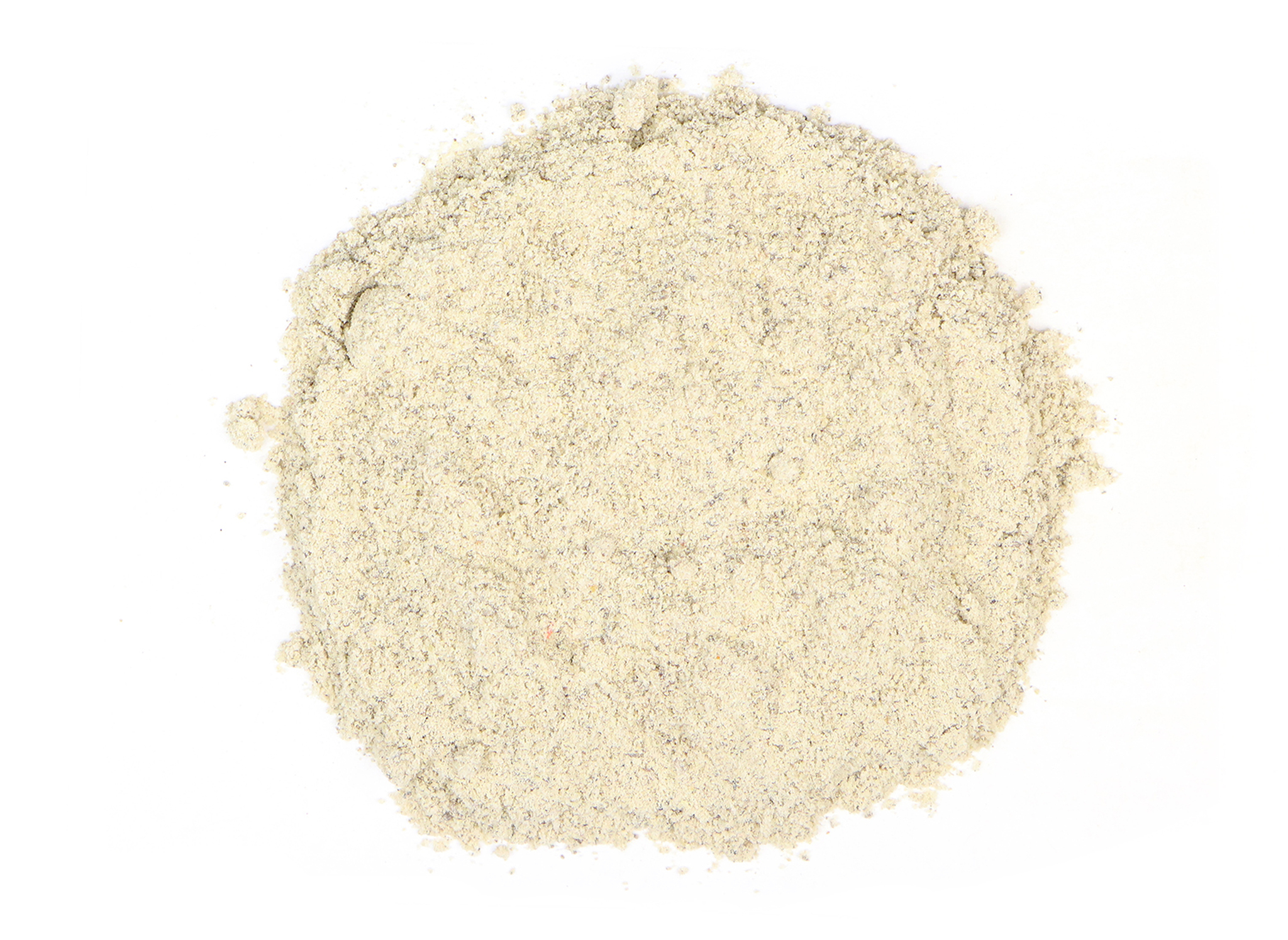
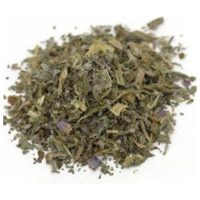
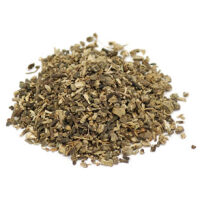
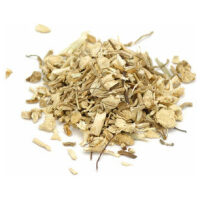
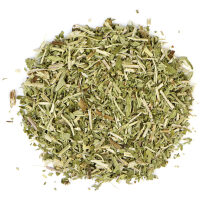
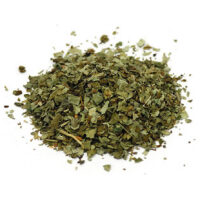
Reviews
There are no reviews yet.